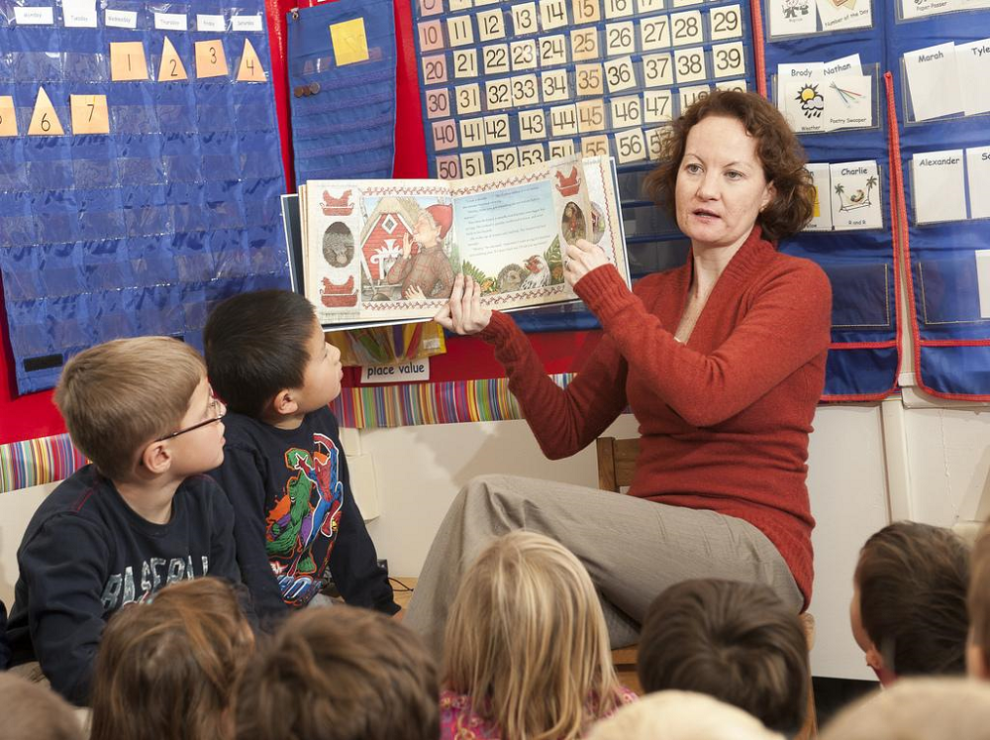Planning a lesson for your Elementary Spanish class should not be stressful.We already debunked 5 myths about teaching Spanish to elementary age students and went over helpful tips for teachers who teach Spanish to preschool age students. If you are currently teaching Spanish in Elementary level, check these 5 tips to help you plan your lessons.
1. You are the teacher. You are the most important resource in this Elementary Spanish classroom.
In other words: make sure you are sleeping your 8 hours, getting hydrated and taking good care of your health. Teaching Spanish in elementary requires energy and being alert for your littles as well. Make sure you are feeling the same way you feel about your lesson plan, that is totally amazing and ready to rock!.
2. Low energy activities are good for elementary students.
Remember how we debunked 5 myths about teaching Spanish to elementary age students?. One of my main points was this. Elementary level teachers do not need high energy activities at ALL times. Remember to plan low energy activities in your lessons, activities that will help students breathe, move slowly and take it easy.
This is not only helpful for teachers, but also for those students who enjoy low energy activities and sometimes have a hard time being seen.
3. Teachers use visual aids, gestures and realia for their elementary level lessons.
You do not need all the stuffed animals and the props for your class. You can always bring realia, visual aids or use gestures to communicate with your students.
Let’s say your lesson is about Fruits, here are some options to bring visuals for your students
Realia: Bring fruits to your classroom for your students to describe them. Check for any possible allergies in your classroom before doing this.
Gestures: Do mimics/gestures for your students to guess the fruit you are eating.
Visual aids: Bring flashcards of fruits for your students to identify colors or to practice “me gusta” or “no me gusta”.
Videos: Here is an extra one! You can always show a video and ask students to spot the key vocabulary.
Remember teacher: work smarter, not harder.
4. Do your own research before presenting a cultural element with your Spanish lesson
As an Ecuadorian, I cringe when I see lessons about “Ecuadorian Culture” featuring the cuy as the main character. Sometimes the “appreciation and celebration” can do more harm than good when you do not use authentic sources.
When you are planning your cultural element for your lesson, here are a few things to keep in mind. If your cultural piece does any of this, reconsider it. It might not be a resource suitable for your class.
Your cultural element should not:
- Exploit poverty
- Mock culture
- Depict stereotypes
- Dehumanize trauma
- Ignore an authentic source/voice
It is always a good idea to invite authentic voices to your classroom. You can always invite performers, book authors and artists to your classroom. They can share their experience and offer your students an authentic story.
5. Learn to read your students’ cues when they are losing engagement
The cues could be many and so different. Mostly, it is students talking, squirming, moving and being out of task. This means most of the times, they are ready to switch to another activity or they might need a little break.
Every group is different, but some of the cues of my kids during the past 8 years I have been teaching Spanish could vary every time. From getting up 1,354 times to sharpen a pencil, to trying to make me switch the topic (classic!) or just being honest and saying “I am bored”.
Remember, do not take this personal. Take it as an opportunity to get to know your students and how you can engaged the and make them participate actively in your classes.












